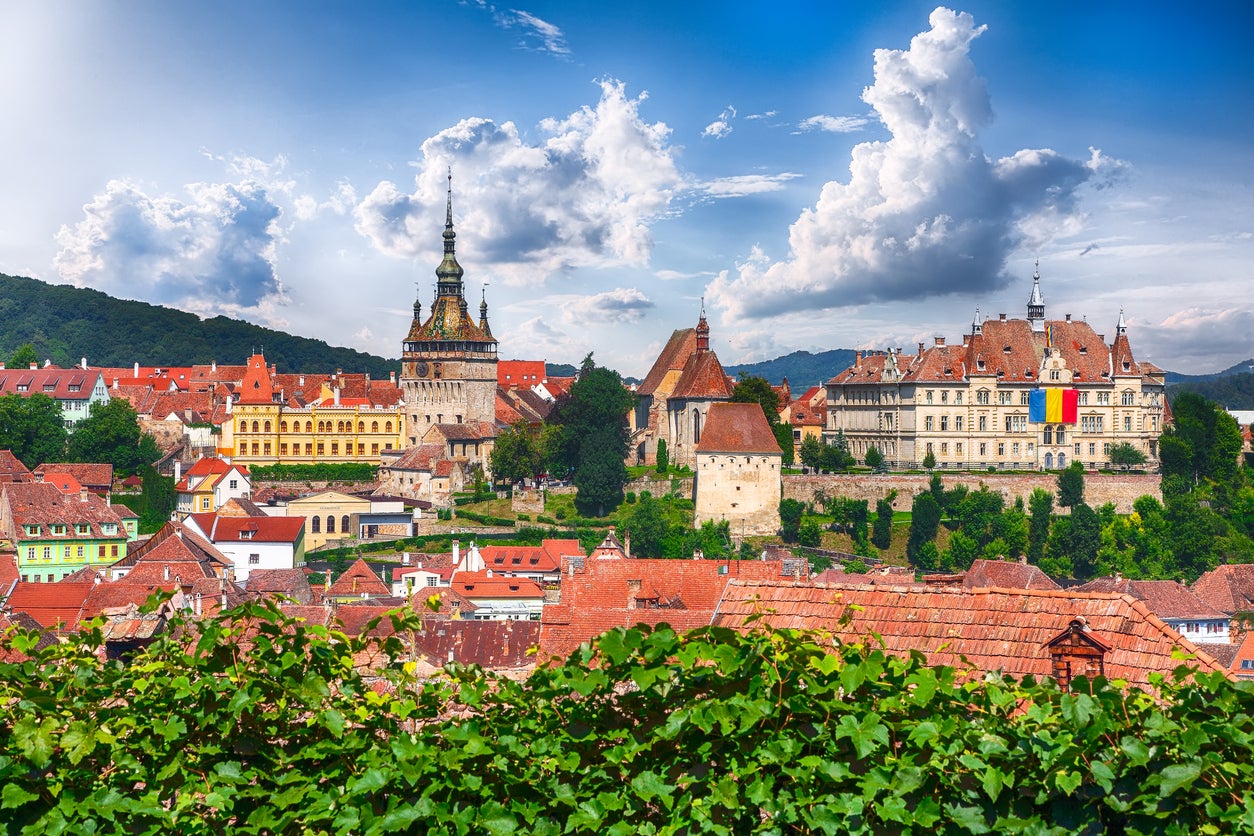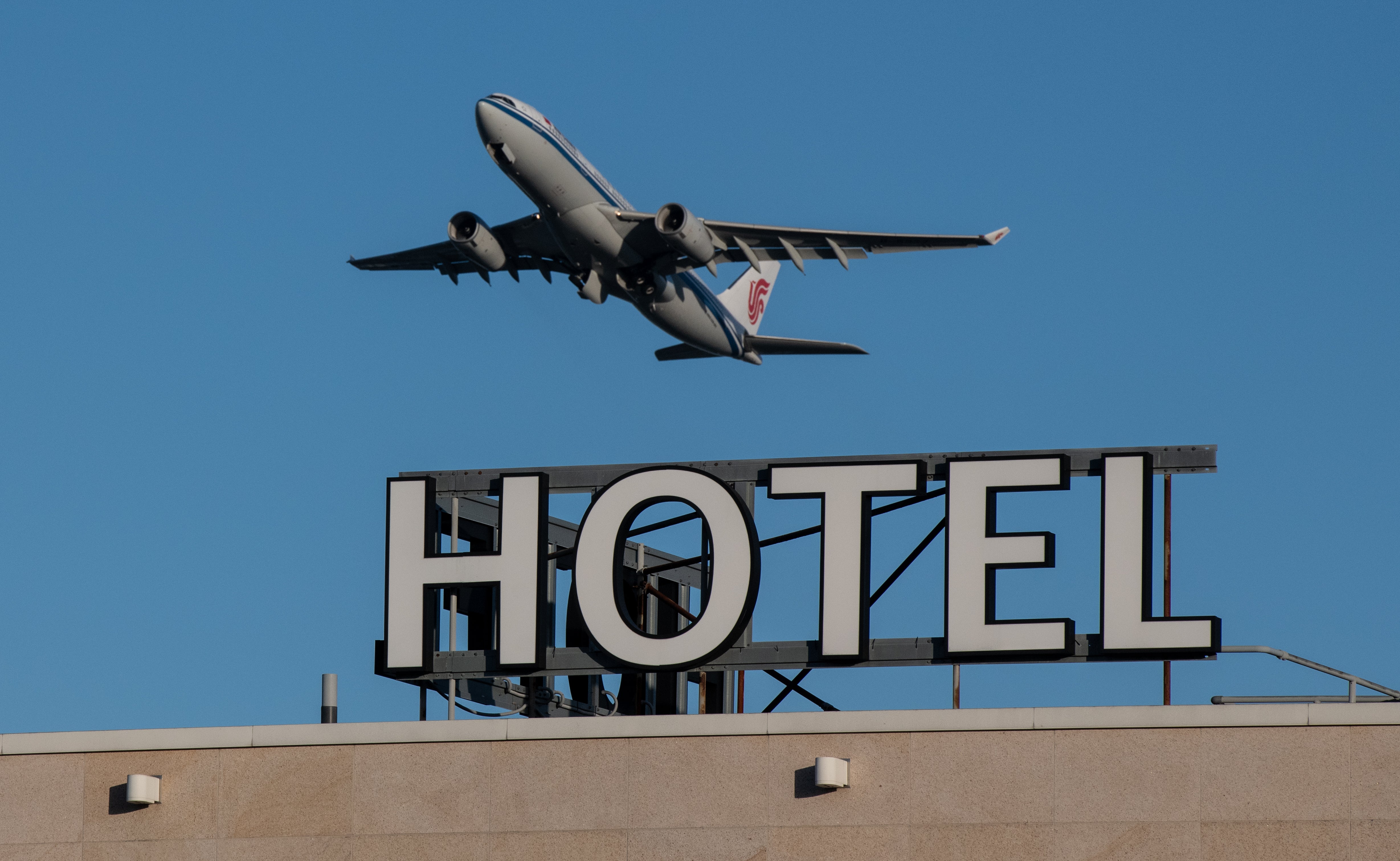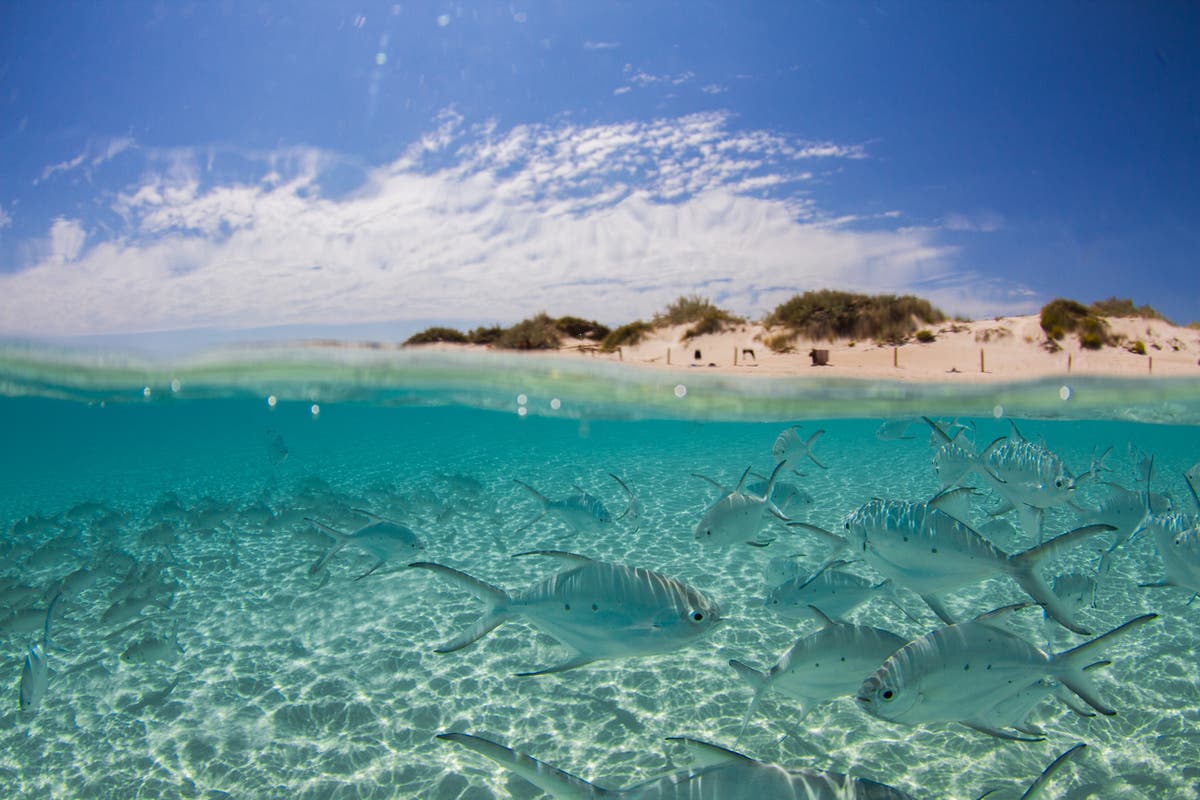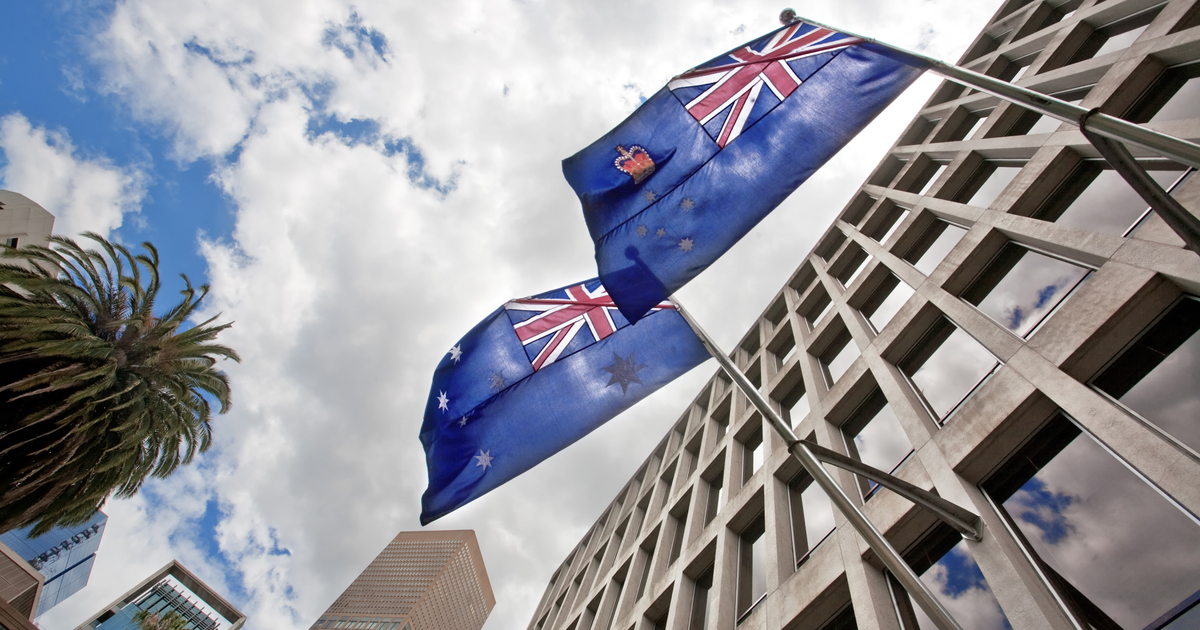Russia and Belarus planes forced to take bizarre flight paths, adding hours onto Turkey and Egypt journeys
Exclusive: Flights from Moscow and Minsk to Istanbul take detours adding up to three hours to journey times

Sign up to Simon Calder’s free travel email for weekly expert advice and money-saving discounts
Get Simon Calder’s Travel email
Western airlines are having to fly extended paths to avoid Russian and Belarusian airspace. But a European ban on airlines from those two countries because of the invasion of Ukraine has also created bizarre flight paths for holiday journeys.
Flights from both Russia and Belarus are operating regularly to and from Turkey, particularly Istanbul – the biggest city. Between Moscow and Istanbul’s main airport there are typically 17 daily flights.
The most direct flight path from the Russian capital to Turkey’s biggest city covers 1,077 miles. The flying time would normally be 2h30m or less. But that route crosses Ukraine, which is off-limits to all civilian aircraft.
Planes operated by Turkish Airlines between Moscow and Istanbul take a circuitous route to the west – traversing Belarus, Lithuania, Poland, the eastern edges of both Slovakia and Hungary, then Romania and Bulgaria. They cover the ground in 3h30m, an hour slower than the direct track.
But Aeroflot’s flights from Moscow are not allowed in EU airspace. Instead, the Russian carrier flies southeast over Volgograd and Astrakhan to the Caspian Sea, before turning west to overfly the Chechen capital Grozny and Sochi on the Black Sea coast.
The average flight time is 4h22m.
For Belavia, the national airline of Belarus, the detour to Istanbul is even more extreme.
The distance between the capital, Minsk, and Turkey’s largest city is just 873 miles. Flights operating direct should take just over two hours.
Currently the average flight time is five hours and 11 minutes.
The Boeing 737 spends an hour flying further away from Istanbul, aiming east-north-east to a point about 100 miles southwest of Moscow, where it turns slightly south.
The flight gives Ukraine’s frontiers a wide berth, flying over the Caspian Sea before finally turning west towards Istanbul and traversing the length of Georgia. It then follows the Black Sea coast of Turkey to reach Istanbul.
Other holiday flights from Russia to Turkish seaside resorts take similar paths, with many crossing Georgia to reach Antalya.
From Moscow, Russian carriers take around 40 minutes longer than the Turkish Airlines route to Antalya – the main airport for Turkey’s south coast.
Antalya is also a frequent waypoint for Russian planes heading for Egypt’s Red Sea shores. Redwings, for example, zig-zags over the Caspian Sea, Georgia and central Turkey before finally turning south at Antalya.
The extended flight paths sharply increase cost and carbon emissions.
The European Union does not allow any Russian registered aircraft “to land in, take off from or overfly the territory of the Union, except in case of an emergency landing or emergency overflight”.
The airspace ban is part of a package of sanctions triggered by what the EU calls “Russia’s unprecedented and unprovoked military attack against Ukraine.”
But not all holiday flights from Russia are blighted by long flight times: the link between Sochi on the Black Sea coast and Istanbul flies almost direct, covering the 593 miles in just 90 minutes.
Western aircraft face a reciprocal ban from the airspace of Russia, the biggest country in the world.
Finnair, based in Helsinki, is worst affected – with the normal nine-hour trip from Tokyo extended by around three hours. Aircraft on the link typically fly northeast from the Japanese capital to Alaska before flying across the Arctic and turning south over Spitsbergen.

 Troov
Troov 
































